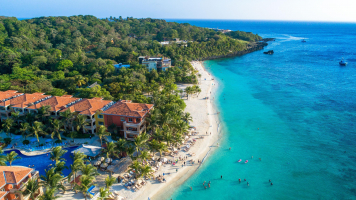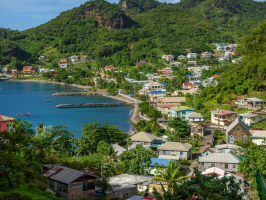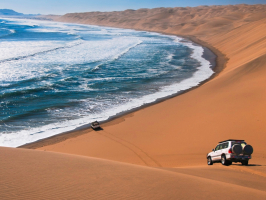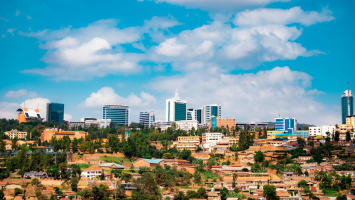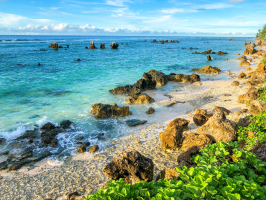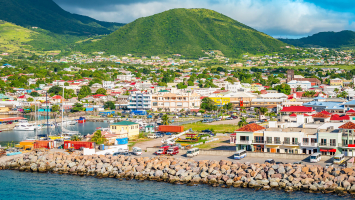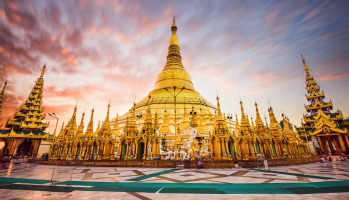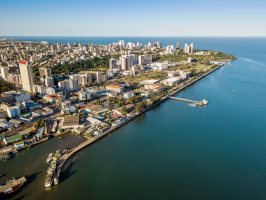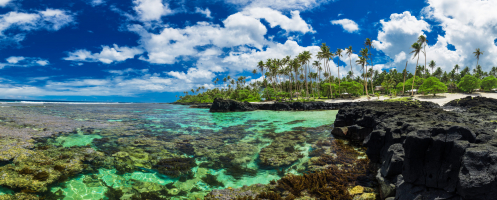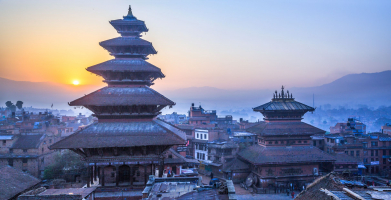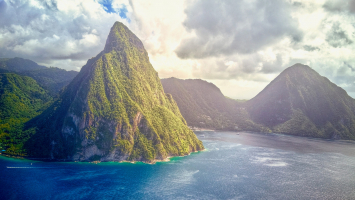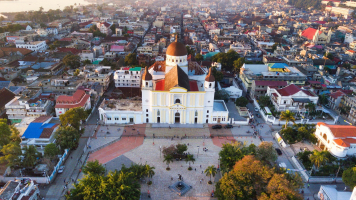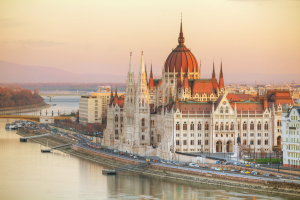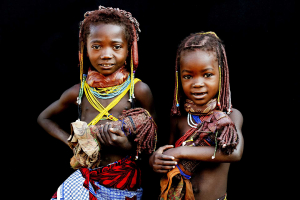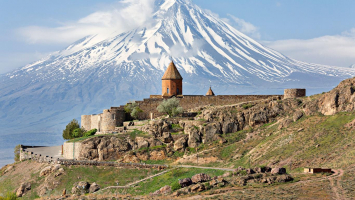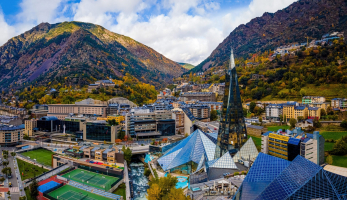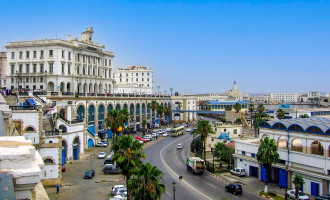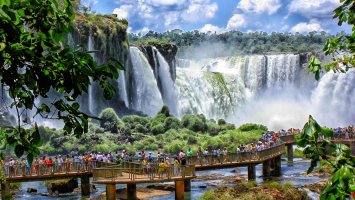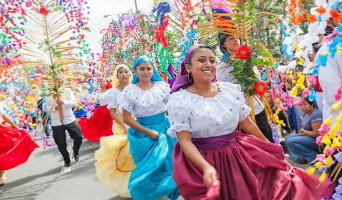Top 9 Unique Cultural Characteristics In Iceland
Iceland is a small island nation in western Europe that is home to the world's northernmost capital, Reykjavik. Eleven percent of the country is surrounded by ... read more...water and covered in glacial ice. Iceland is situated between the North Atlantic Ocean and the Greenland Sea. It is located northwest of the United Kingdom and is slightly smaller than Kentucky. The terrain consists of a plateau with mountain peaks and ice fields, as well as a coastline marked by fjords, which are deep inlets carved by glaciers. This land has a long and rich culture, as well as the distinctive features that define Iceland's identity. Here are some of Unique Cultural Characteristics In Iceland that you can learn more about.
-
Icelandic, a North Germanic language descended from Old Norse, is the country's official written and spoken language. It has changed less from Old Norse in grammar and vocabulary than the other Nordic languages; Icelandic has preserved more verb and noun inflection, and has developed new vocabulary based on native roots rather than borrowings from other languages. The puristic tendency in Icelandic vocabulary development is due, in large part, to conscious language planning, as well as centuries of isolation. Icelandic is the only living language that still employs the runic letter in Latin script. Faroese is the Icelandic language's closest living relative.
In 2011, Icelandic Sign Language was officially recognized as a minority language. The National Curriculum Guide governs its use in education for Iceland's deaf community. English and Danish are both required subjects in school. English is widely understood and spoken, whereas basic to moderate Danish knowledge is prevalent primarily among the older generations. Polish is mostly spoken by the local Polish community (Iceland's largest minority), and Danish is mostly spoken in a way that Swedes and Norwegians can understand—it is often referred to as skandinavska (i.e. Scandinavian) in Iceland.
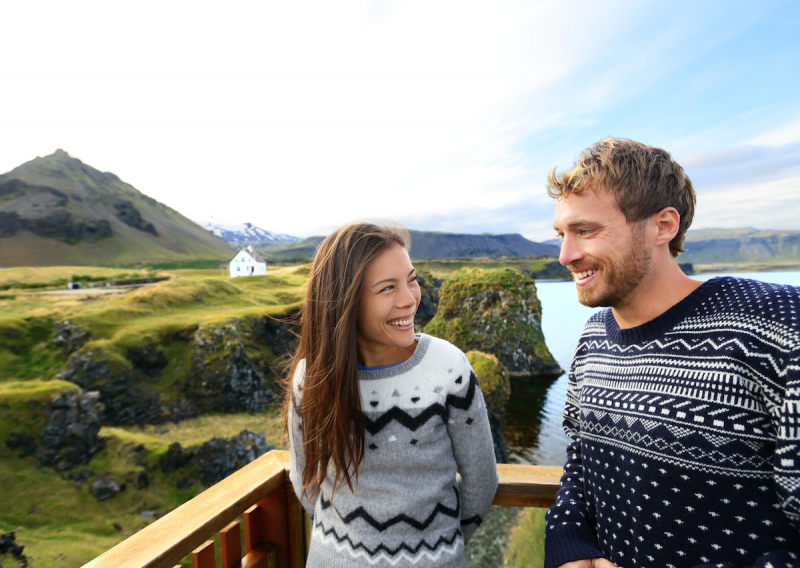
https://matadornetwork.com/ 
https://cupofjo.com/ -
Since the adoption of Christianity as the state religion by the Althing under the influence of Olaf Tryggvason, King of Norway, in 999/1000 CE, religion in Iceland has been predominantly Christian. Previously, between the 9th and 10th centuries, the prevailing religion among the early Icelanders was the northern Germanic religion, which persisted for centuries even after the state was officially Christianized. Other Christian denominations, such as Catholicism and Mormonism, are also practiced. Islam, Judaism, and various folk religions are among the other major religions practiced.
Iceland, which was originally Catholic and subject to the Danish crown, formally converted to Lutheranism with the Icelandic Reformation, which culminated in 1550. Since then, the Lutheran Church of Iceland has served as the country's state church. Icelanders have enjoyed religious freedom since 1874. The government supports the Church of Iceland, but all registered religions are supported by a church tax (sóknargjald) paid by taxpayers over the age of sixteen.
Since the late twentieth century, and especially since the early twenty-first century, religious life in Iceland has become more diverse, with the decline of the Church of Iceland, the rise of unaffiliated people, other Christian denominations, and the emergence of new religions, most notably Heathenry, also known as satr in Iceland, which seeks to reconstruct Germanic folk religion. However, a sizable proportion of the population remains members of the Church of Iceland. According to the Gallup International Association, only 57% of Icelanders are religious as of 2012.
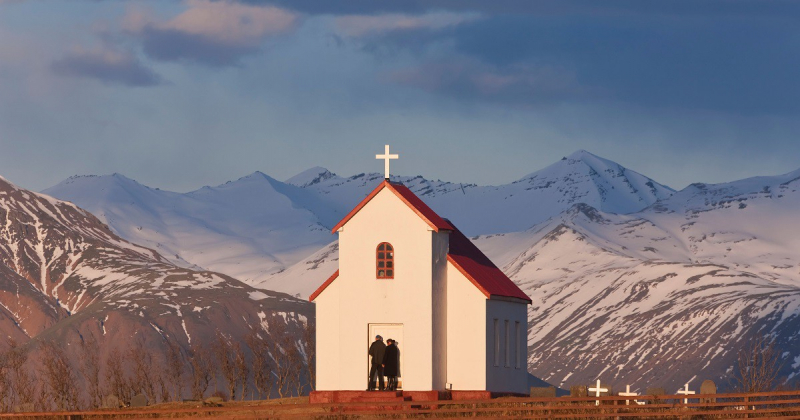
https://fullfact.org/ 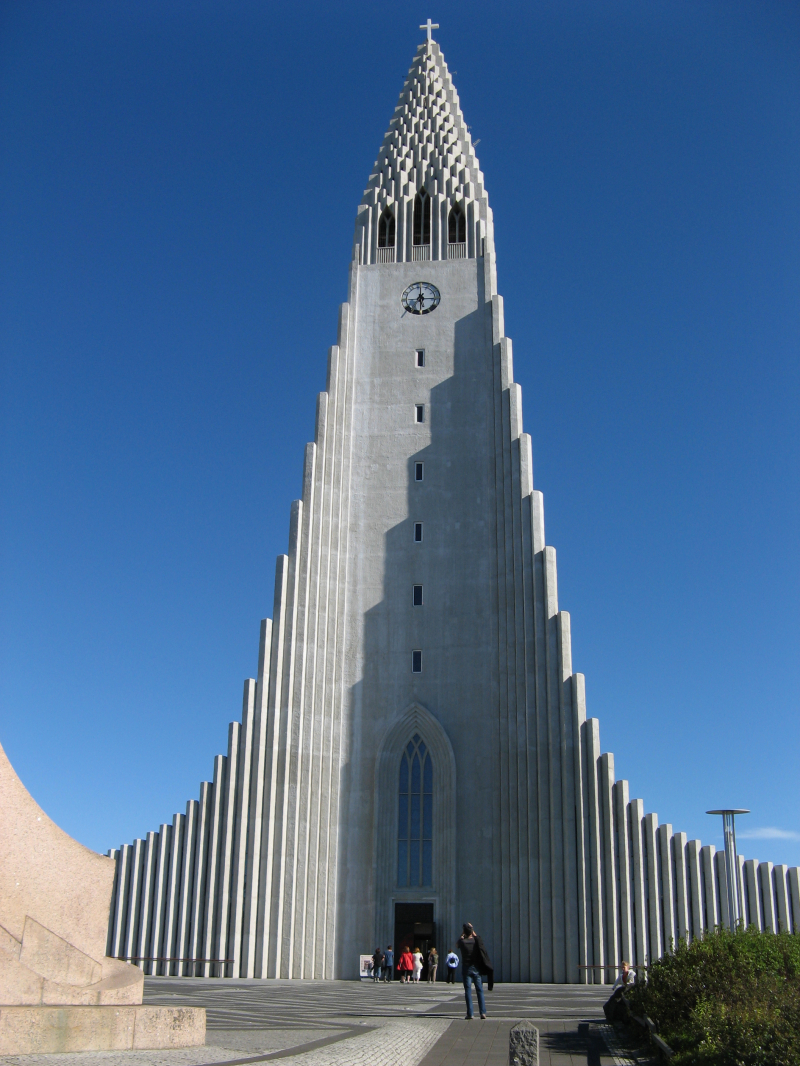
https://en.wikipedia.org/ -
Icelandic literature is defined as literature written in Iceland or by Icelanders. It is best known for the medieval sagas written beginning in the 13th century. Because Icelandic and Old Norse are nearly identical, and because Icelandic works comprise the majority of Old Norse literature, Old Norse literature is frequently mistakenly considered a subset of Icelandic literature. However, works by Norwegians are included in the standard reader Sýnisbók íslenzkra bókmennta til miðrar átjándu aldar, compiled by Sigurður Nordal on the basis that the languages were similar. It can be seen as one of Unique Cultural Characteristics In Iceland.
Much of Iceland's history has been recorded in the Icelandic sagas and Edda. The most famous of these are Njáls saga, which describes an epic blood feud, as well as Graenlendinga saga and Eiriks saga, which describe the discovery and settlement of Greenland and Vinland (now the Canadian province of Newfoundland and Labrador). Other notable and popular sagas include Egils saga, Laxdæla saga, Grettis saga, Gísla saga, and Gunnlaugs saga ormstungu.
Many great authors have come from Iceland, including Halldór Laxness, Guðmundur Kamban, Tómas Guðmundsson, Davíð Stefánsson, Jón Thoroddsen, Steinn Steinarr, Guðmundur G. Hagalín, Þórbergur Þórðarson, and Jóhannes úr Kötlum. Letters From Iceland (1937) was written by W. H. Auden and Louis MacNeice to describe their travels through Iceland.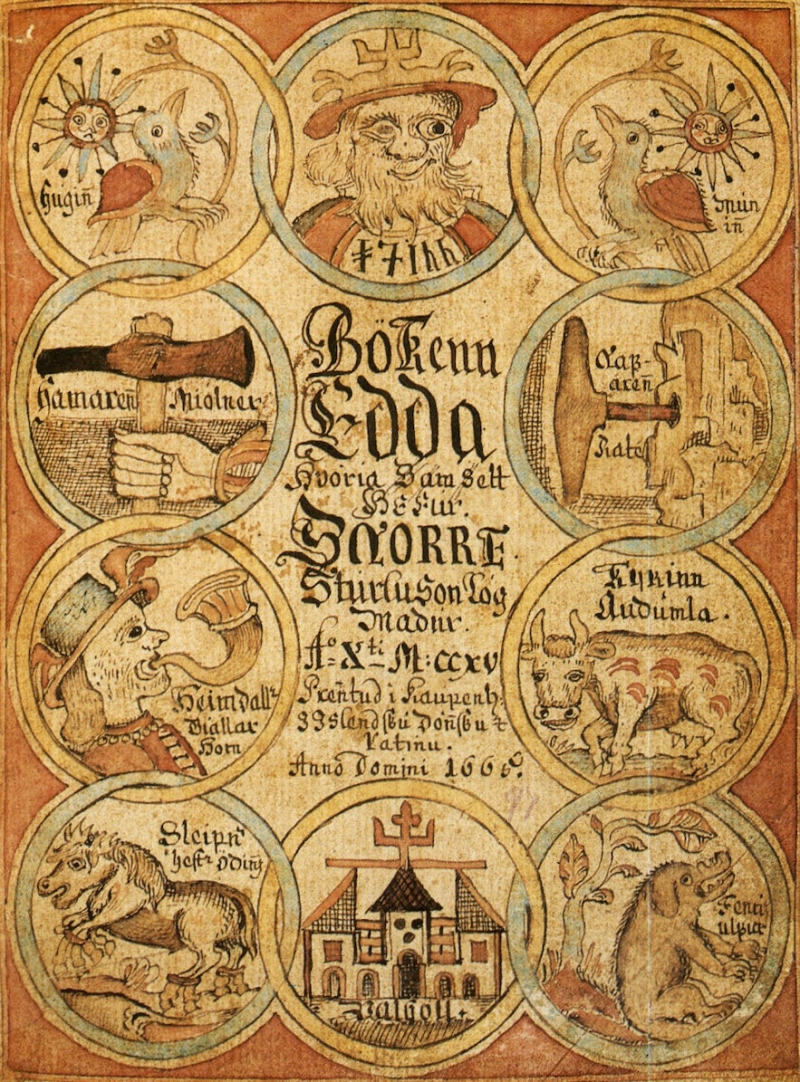
https://guidetoiceland.is/ 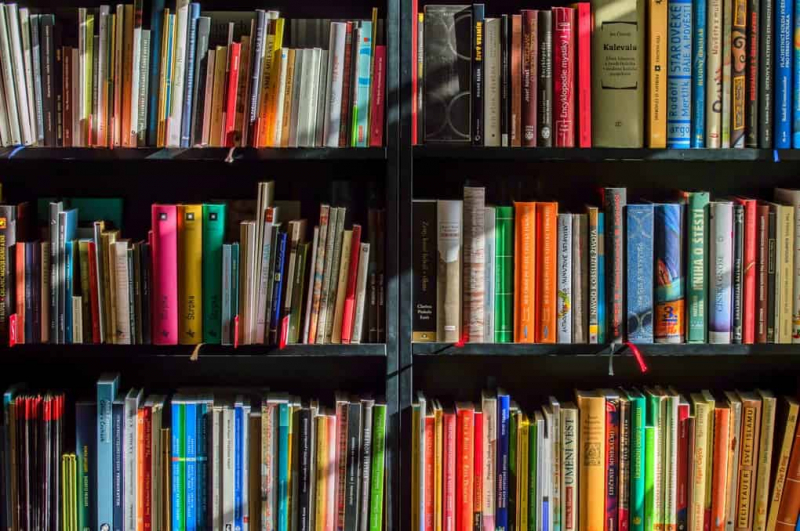
https://www.icelandtravel.is/ -
Icelandic architecture is influenced by Scandinavian influences and has historically been influenced by the island's lack of native trees. As a result, grass- and turf-covered houses were created. Between the ninth and thirteenth centuries, the country was ruled by Vikings. The Viking chieftains established a form of governance known as the 'Althing,' and for this reason, Iceland is known to have one of the world's oldest parliaments. Along with establishing a civic structure, the Vikings had a significant impact on the country's vernacular architecture, converting Viking longhouses into turf houses in Iceland. They were responsible for removing the birch trees from Iceland's landscape as part of the process of establishing civilization, thereby depriving the country of its natural forests.
Later, as many timber buildings were constructed in this style, the Swiss chalet style became a dominant influence in Icelandic architecture. Stone and, later, concrete were popular building materials, the latter especially with the arrival of functionalism in the country. Contemporary architecture in Iceland is influenced by a variety of sources, with styles varying greatly across the country.
Icelandic architecture is primarily low-rise, with many low tower blocks and two- or three-story buildings with pitched roofs predominating. Traditional wooden-framed houses and smaller municipal buildings were clad in wooden planks or corrugated metal. They were frequently painted in traditional bright colors. Many architectural influences, particularly in the capital, can be seen, including the once-popular Swiss chalet style.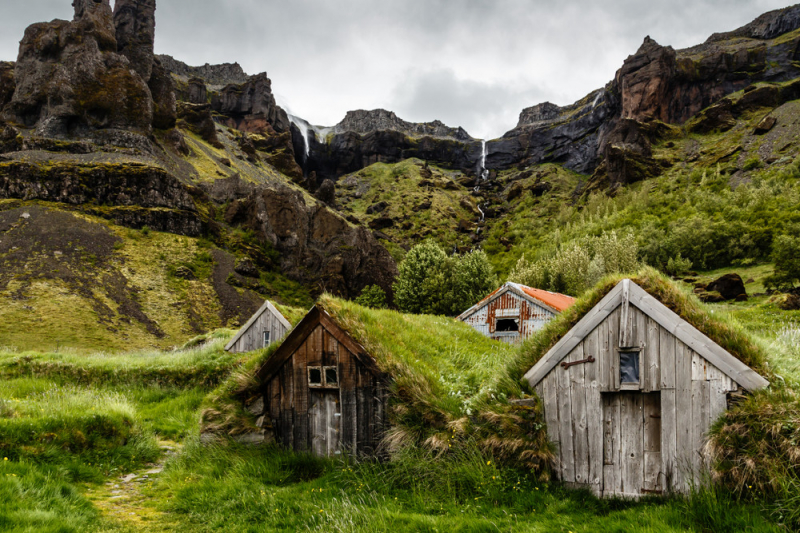
https://www.motorhomeiceland.com/ 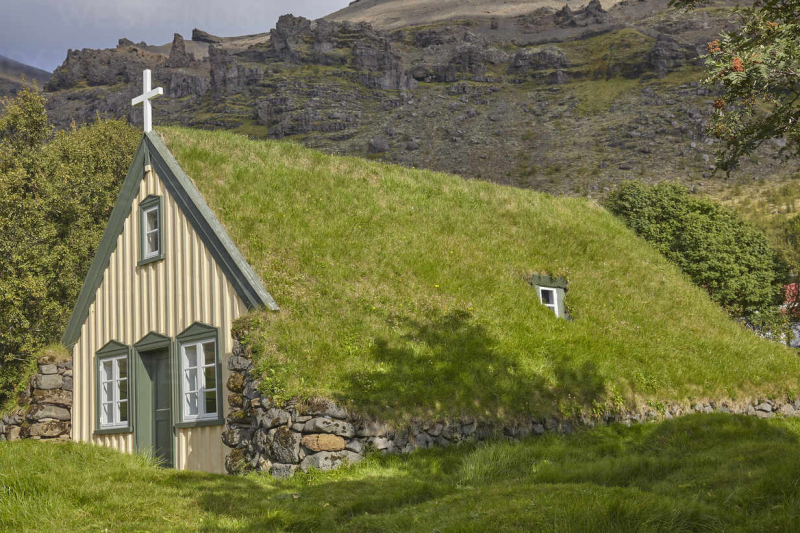
https://www.westend61.de/ -
Icelandic art was founded on nineteenth-century northern European traditions, but evolved in distinct directions in the twentieth century, influenced in particular by the unique Icelandic landscape, as well as Icelandic mythology and culture. The distinctive depiction of the Icelandic landscape by its painters can be linked to nationalism and the mid-nineteenth-century movement for home rule and independence. This is one of Unique Cultural Characteristics In Iceland that you should know.
Contemporary Icelandic painting is usually traced back to the work of Þórarinn Þorláksson, who, after receiving formal art training in Copenhagen in the 1890s, returned to Iceland to paint and exhibit works from 1900 to his death in 1924, almost entirely depicting the Icelandic landscape. Many Icelandic artists are now members of The Association of Icelandic Artists. The Icelandic Art Center seeks to represent Icelandic artists internationally. Iceland has participated in the Venice Biennale every other year since 1960.
The artistic practice has multiplied in recent years, and the Icelandic art scene has become a venue for many large-scale projects and exhibitions. The artist-run gallery space Kling og Bang, whose members later ran the studio complex and exhibition venue Klink og Bank, was an important part of the self-organized space, exhibition, and project trend. The larger, more established institutions curating shows and festivals are the Living Art Museum, Reykjavík Municipal Art Museum, Reykjavik Art Museum, and the National Gallery of Iceland.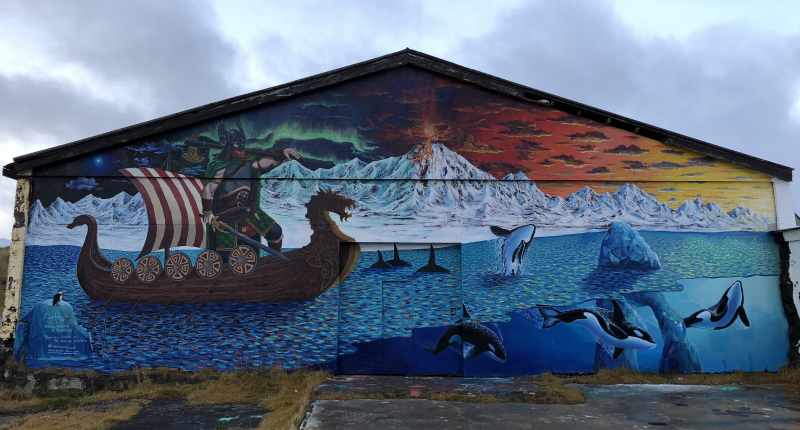
https://www.artelements.net/ 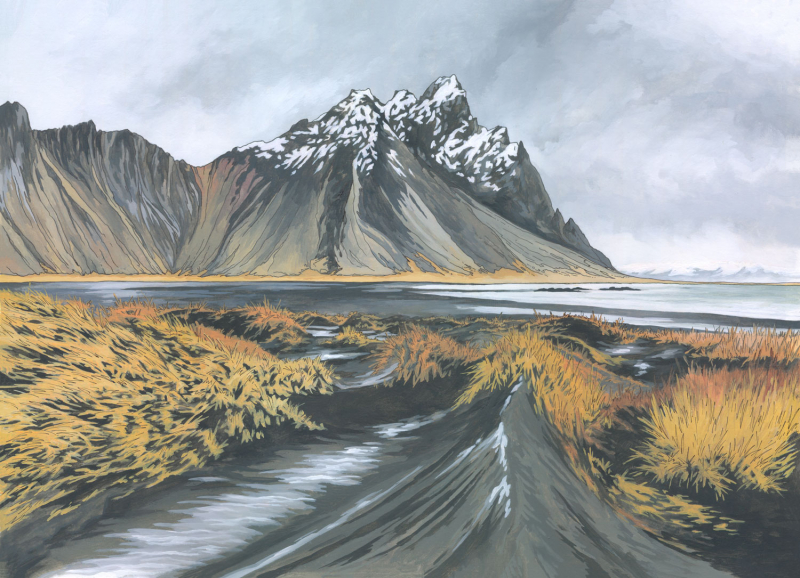
https://www.illustrationbyjonathan.co.uk/ -
Icelanders, like their Nordic neighbors Norway and Sweden, have a traditional liberal Nordic outlook. However, an important key to understanding Icelanders and their culture (which distinguishes them from the majority of their contemporary Nordic peoples) is the high value they place on independence and self-sufficiency.
Icelanders are proud of their Viking heritage and Icelandic language, and they work hard to keep these traditions alive. Modern Icelandic is very similar to the Old Norse spoken during the Viking Age. Many traditional Viking beliefs were strongly held in Iceland prior to Christianization, and remnants of these beliefs can still be found today.
Icelandic society and culture value gender equality, with many women holding positions of power in government and business. Iceland's gay rights legislation is extremely progressive, with couples able to register civil unions since 1996, adopt since 2006, and marry since 2010. Women keep their names after marriage because Icelanders do not use surnames but rather patronyms or (in some cases) matronyms.
The Children's Act of 2003 prohibited spanking, verbal and emotional abuse, and prioritized child protection. Violence, whether physical or mental, is punishable by imprisonment and/or a fine. Iceland was named the world's fourth happiest country in 2006. Local and national festivals include the annual National Day, which commemorates the country's independence in 1944, Sumardagurinn fyrsti, which celebrates the first day of summer, and Sjómannadagurinn, which is held every June to honor the country's maritime history.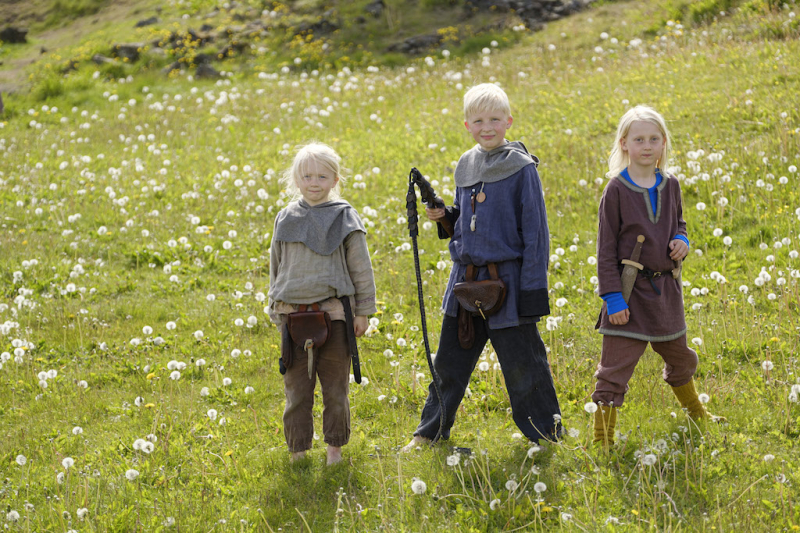
https://www.icelandreview.com/ 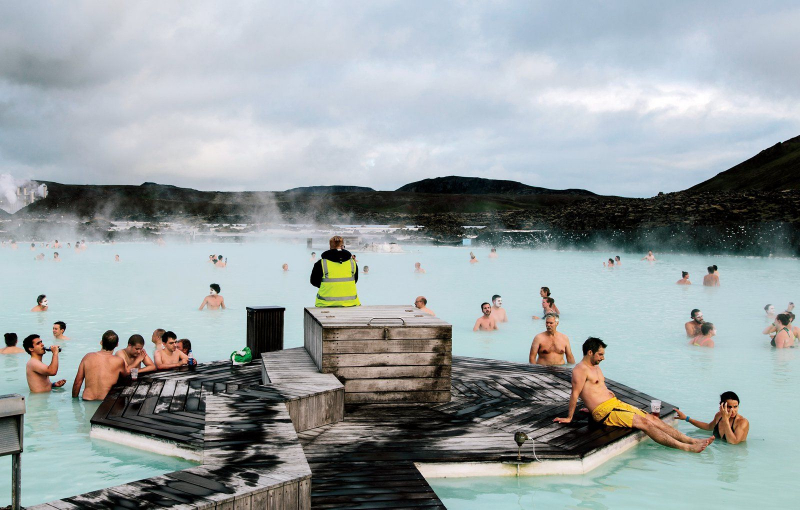
https://www.menshealth.com/ -
It can be considered as one of Unique Cultural Characteristics In Iceland. Despite recent changes, Icelanders remain a very healthy nation. Children and teenagers engage in a variety of recreational activities. Soccer, athletics, handball, and basketball are the most popular sports today. Tennis, swimming, chess, and horseback riding on Icelandic horses are also popular.
Chess is a popular form of recreation that the Viking ancestors of Icelanders enjoyed. Many chess grandmasters have come from Iceland's chess clubs, including Fririk Lafsson, Jóhann Hjartarson, Margeir Pétursson, and Jón Loftur rnason. Glma is a type of wrestling that is still practiced in Iceland and is thought to have been invented by the Vikings. Golf is popular in Iceland, with approximately one in every eight Icelanders participating in the sport. Handball is often referred to as a national sport; Iceland's team is one of the top ranked teams in the world, and Icelandic women are surprisingly good at soccer compared to the size of the country, with the national team ranked 18th best by FIFA.
Climbing the 4,167-foot (1,270-metre) umall peak in Skaftafell is a challenge for many adventurous climbers, but mountain climbing is considered more suitable for the general public and is a very common type of leisure activity. Hvitá, like many other glacial rivers in Iceland, attracts kayakers and river rafters from all over the world.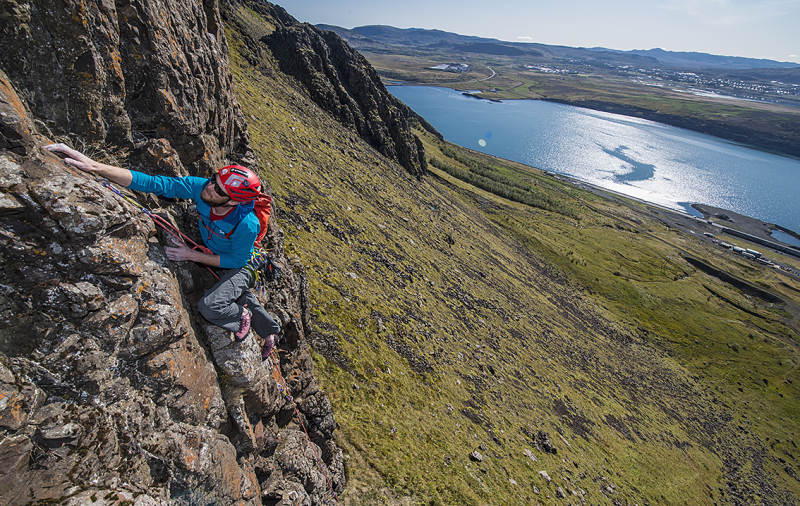
https://asgardbeyond.com/ 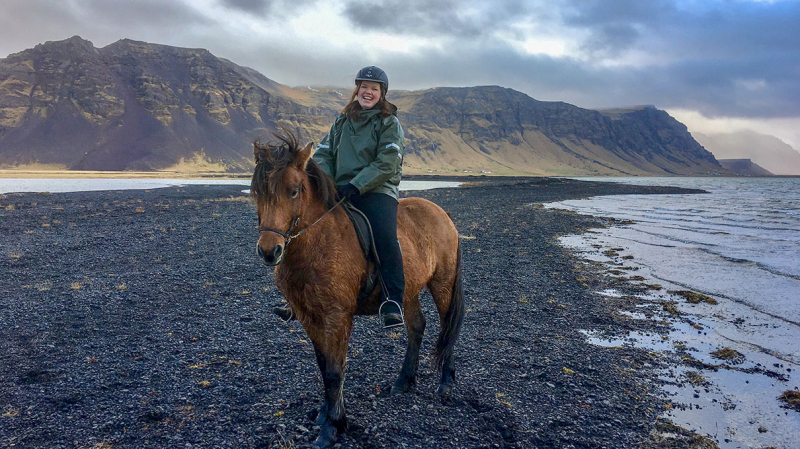
http://www.hotelselja.com/ -
Icelandic music is related to Nordic music forms and includes vibrant folk and pop traditions, as well as medieval music ensemble Voces Thules. Icelandic music combines vibrant folk and pop traditions with an active classical and contemporary music scene. Islandica is the only folk band whose recordings are available in other countries. Icelandic music has a long history, with some songs dating back to the 14th century still being sung today. Folk songs are frequently about love, sailors, masculinity, harsh winters, as well as elves, trolls, and other mythological creatures, and are often secular and humorous.
"Lofsöngur," written by Matthas Jochumsson and composed by Sveinbjörn Sveinbjörnsson, is Iceland's national anthem. The song was written in 1874, when Iceland celebrated its 1,000th anniversary of settlement. It was written in the form of a hymn and was first published as A Hymn in Commemoration of Iceland's Thousand Years.
Iceland's well-known artists include the medieval music group Voces Thules, the alternative rock band The Sugarcubes, the singers Björk, Hafds Huld, and Emiliana Torrini, the post-rock band Sigur Rós, the post-metal band Sólstafir, the indie folk/indie pop band Of Monsters and Men, the blues/rock band Kaleo, the metal band Skálmöld, and the techno-industrial Traditional Icelandic music is related to Nordic music forms. Despite its small population, Iceland is home to many well-known and acclaimed bands and musicians.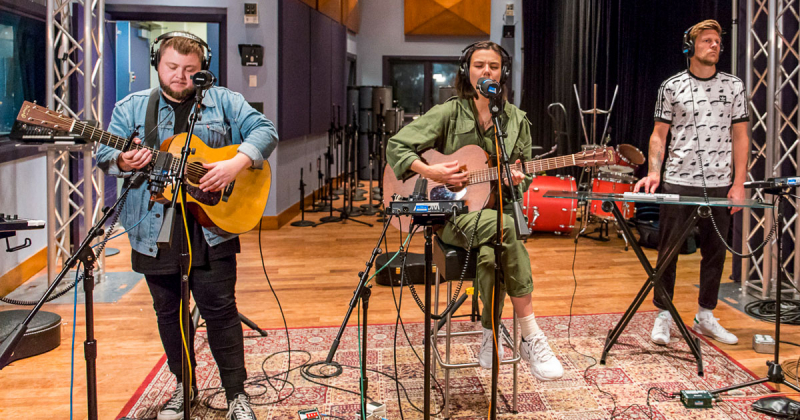
https://adventures.com/ 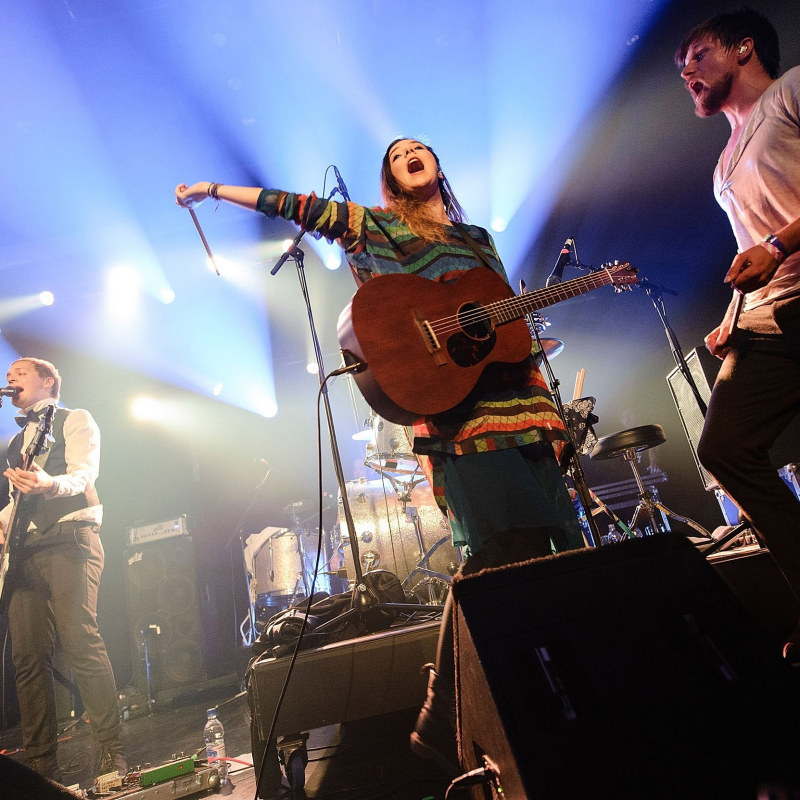
https://www.newsweek.com/ -
Icelandic traditional dress is now preserved in the form of Icelandic national dress, which reflects the pure Icelandic heritage. The national costume is known as Þjóðbúningurinn, and the women of Iceland wear a variety of traditional costumes. On days of public importance and festive occasions, the people of Iceland used to wear dresses in the same pattern as they do today.
The Faldbúningur is a traditional dress worn by Icelandic women that has been in use since at least the 17th century. The Faldbúningurhas two variants, each with a hat decorated with a curved sheet-like ornament protruding into the air. The krókfaldur is one of them, and the spaðafaldur is another. Peysuföt are black woollen garments worn by women in the 18th and 19th centuries. They were typically composed of a twill skirt and a fine knitted woollen yearn jacket with a black tail cap.
The upphlutur, or bodice costume, is made up of a long black skirt and a sleeveless bodice embellished with silver filigree and laced together with a silver chain. The kyrtill (kyrtle), which is usually white or blue, is another traditional version. It is worn in conjunction with the tall headdress. The skautbningur is a richly embroidered costume that is worn for special occasions, including weddings. It consists of a fitted long-sleeved black jacket and a long skirt with embroidery on the breast, cuffs, and skirt hem.
The traditional men's wear in Iceland is known as Buningur karla, and the most popular version is Þjóðbúningur karla, which consists of woollen breeches or trousers, a double buttoned vest, and a double buttoned jacket called treyja. Although not a traditional costume, the hátíðarbúningur was designed as a modernized version of the men's traditional national costume and is frequently worn to formal events in place of a tuxedo.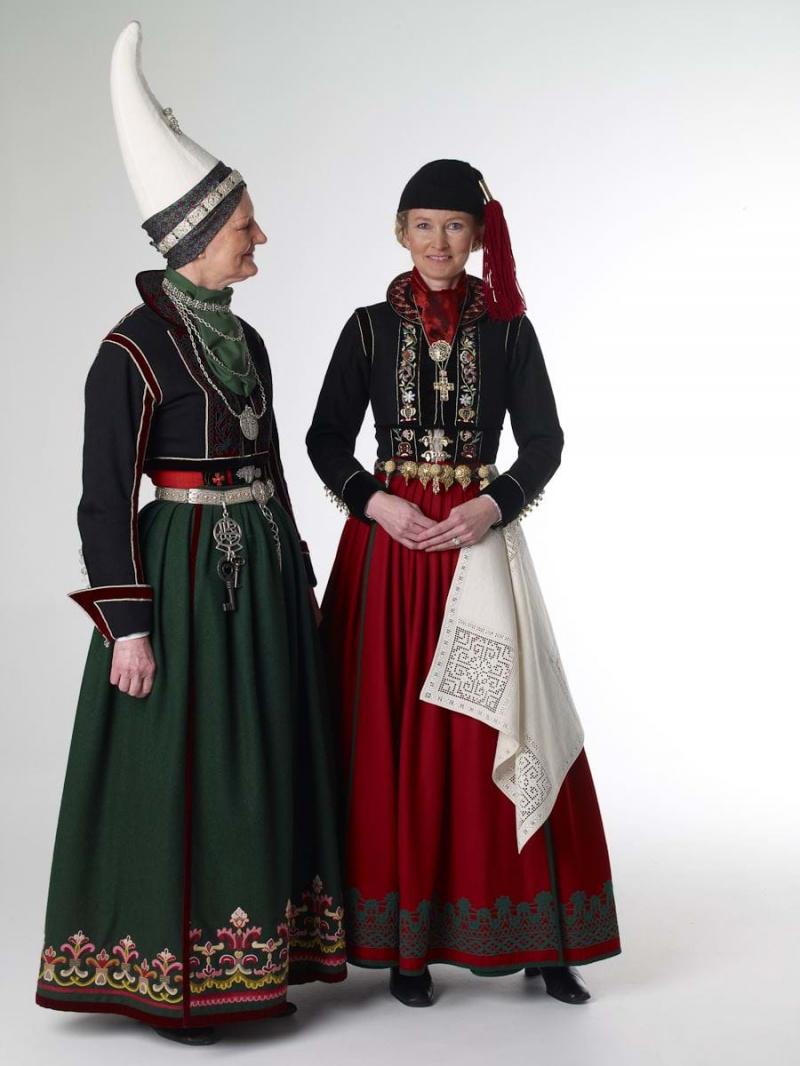
https://www.icelandrovers.is/ 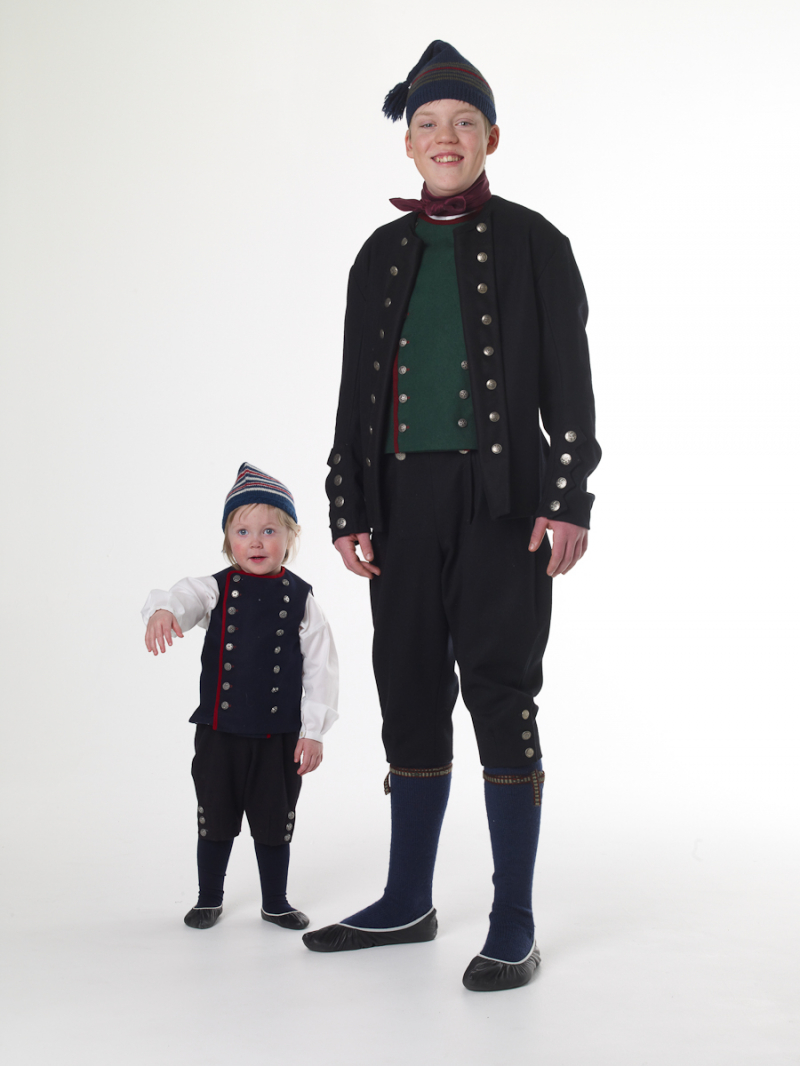
http://folkcostume.blogspot.com/











